How To Design A Digital Camera ?
Designing a digital camera involves several key steps. First, determine the target market and intended use of the camera. Next, define the specifications, such as resolution, sensor size, and lens type. Then, create a design concept, considering factors like ergonomics, user interface, and aesthetics. Develop a prototype and conduct thorough testing to ensure functionality and performance. Iterate the design based on feedback and make necessary improvements. Finally, prepare the camera for production, considering factors like cost, manufacturing processes, and quality control. Collaborate with engineers, industrial designers, and software developers throughout the process to ensure a successful design.
1、 Image sensor technology and resolution advancements
To design a digital camera, one must consider various factors such as image sensor technology and resolution advancements. These two aspects play a crucial role in capturing high-quality images and enhancing the overall performance of the camera.
Image sensor technology is a key component of a digital camera as it converts light into electrical signals, which are then processed to create a digital image. The two main types of image sensors used in digital cameras are CCD (Charge-Coupled Device) and CMOS (Complementary Metal-Oxide-Semiconductor). CCD sensors offer excellent image quality and low noise levels, making them ideal for professional-grade cameras. On the other hand, CMOS sensors are more power-efficient and cost-effective, making them popular in consumer-grade cameras. The latest advancements in image sensor technology include backside-illuminated (BSI) sensors, which improve low-light performance, and stacked sensors, which allow for higher resolution and faster readout speeds.
Resolution advancements are also crucial in designing a digital camera. Resolution refers to the number of pixels in an image, and higher resolution results in sharper and more detailed images. The latest trend in resolution advancements is the introduction of cameras with ultra-high resolutions, such as 50 megapixels or more. These cameras are capable of capturing incredibly detailed images, making them suitable for professional photographers and enthusiasts who require the utmost clarity.
In addition to image sensor technology and resolution advancements, other factors to consider when designing a digital camera include lens quality, image stabilization, autofocus capabilities, and advanced features like image processing algorithms and connectivity options. By combining these elements, camera manufacturers can create innovative and high-performing digital cameras that cater to the needs of photographers in various fields.
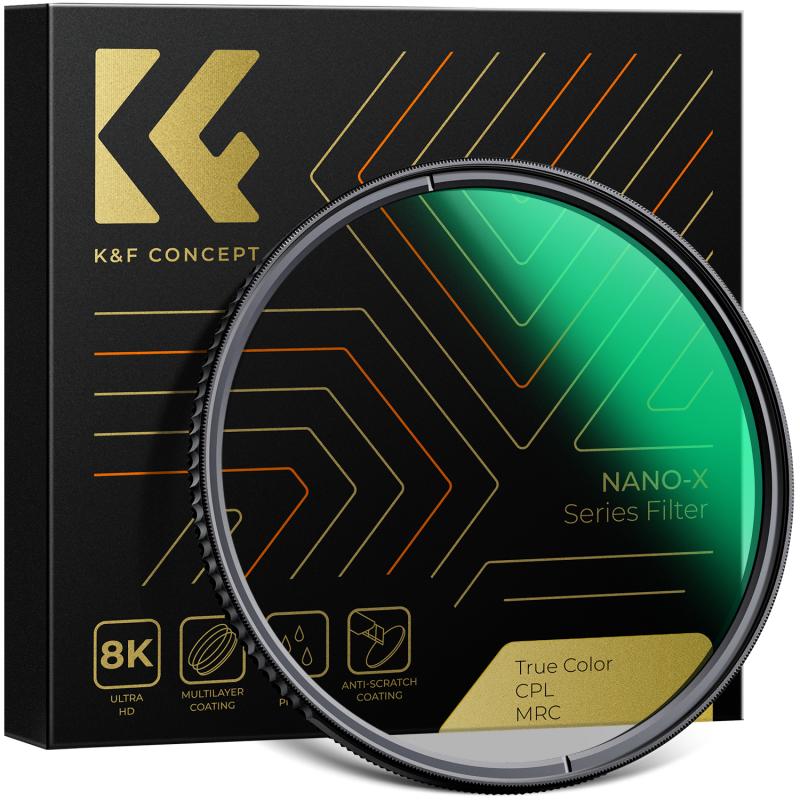
2、 Optics and lens design for optimal image quality
To design a digital camera, one of the key aspects to consider is optics and lens design for optimal image quality. The lens plays a crucial role in capturing light and focusing it onto the image sensor, which ultimately determines the quality of the captured image.
In recent years, there have been significant advancements in lens technology that have greatly improved image quality. One such advancement is the use of aspherical lens elements. These elements help reduce spherical aberration and distortion, resulting in sharper and more accurate images. Additionally, the use of low-dispersion glass elements helps minimize chromatic aberration, which can cause color fringing in images.
Another important consideration is the aperture design. A wider aperture allows more light to enter the camera, which is particularly beneficial in low-light conditions. However, a wider aperture can also lead to a shallower depth of field, which may not be desirable in certain situations. Therefore, striking a balance between light gathering capability and depth of field is crucial.
Furthermore, the use of advanced coatings on lens elements can help reduce lens flare and ghosting, resulting in improved contrast and color accuracy. Anti-reflective coatings are also employed to minimize reflections and maximize light transmission through the lens.
In recent years, there has been a growing trend towards compact and lightweight camera designs. This has led to the development of smaller and more compact lens systems, without compromising on image quality. Additionally, advancements in image stabilization technology have become increasingly important, allowing for sharper images even in handheld or low-light situations.
Overall, designing a digital camera with optimal image quality requires a careful balance of various factors such as lens design, aperture, coatings, and image stabilization. The latest advancements in lens technology have significantly improved image quality, allowing for sharper, more accurate, and visually pleasing photographs.
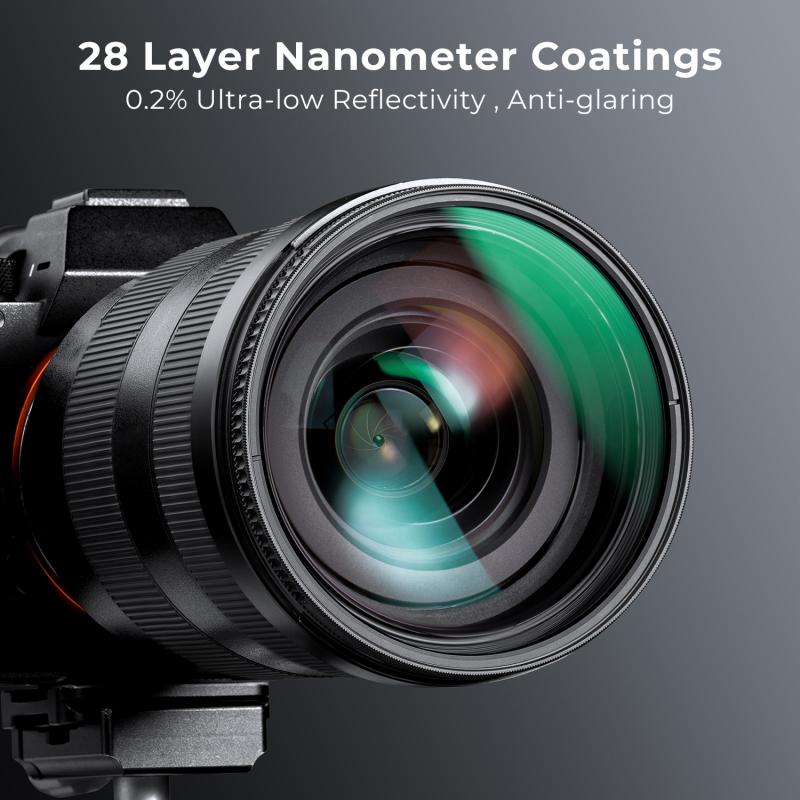
3、 Image processing algorithms for noise reduction and image enhancement
Designing a digital camera involves a combination of hardware and software components. To design a digital camera, one must consider factors such as image sensor technology, lens design, image processing algorithms, and user interface.
Image processing algorithms play a crucial role in enhancing the quality of images captured by a digital camera. One important aspect is noise reduction. Noise can be caused by various factors such as high ISO settings, low light conditions, or sensor limitations. Advanced noise reduction algorithms, such as wavelet denoising or adaptive filtering, can effectively reduce noise while preserving image details.
Image enhancement algorithms are also essential for improving the overall image quality. These algorithms can enhance contrast, sharpness, and color saturation, resulting in more visually appealing images. Techniques like histogram equalization, tone mapping, and local contrast enhancement can be employed to achieve these improvements.
In recent years, there has been a growing interest in using artificial intelligence (AI) techniques for image processing in digital cameras. AI-based algorithms, such as deep learning networks, can learn from vast amounts of data to automatically enhance images. These algorithms can intelligently adjust various image parameters, such as exposure, white balance, and noise reduction, based on the specific scene and subject.
Furthermore, the latest point of view in digital camera design is the integration of computational photography techniques. Computational photography combines multiple images captured at different exposures or focus points to create a final image with improved dynamic range or depth of field. This approach allows for more creative and versatile photography, enabling users to capture stunning images in challenging lighting conditions.
In conclusion, designing a digital camera involves not only selecting the right hardware components but also implementing advanced image processing algorithms. Noise reduction and image enhancement algorithms are crucial for improving image quality, and the latest trends include the use of AI techniques and computational photography to push the boundaries of digital imaging.

4、 User interface and controls for intuitive operation
To design a digital camera, one crucial aspect is the user interface and controls for intuitive operation. The user interface plays a vital role in ensuring that users can easily navigate through the camera's features and settings, allowing them to capture high-quality images effortlessly.
Firstly, the camera should have a clear and responsive LCD screen that displays all the necessary information, such as shooting mode, battery life, and image preview. The screen should be large enough to provide a comfortable viewing experience, and touch functionality can be incorporated for easy menu navigation.
Next, the camera should have well-placed physical controls that are easily accessible. These controls should be intuitive and labeled clearly, allowing users to adjust settings like aperture, shutter speed, and ISO without any confusion. Additionally, customizable buttons can be included to provide users with the flexibility to assign specific functions according to their preferences.
Furthermore, incorporating a user-friendly menu system is essential. The menu should be organized logically, with clear icons and descriptions for each setting. It should also provide quick access to commonly used features, such as white balance, exposure compensation, and autofocus modes. Additionally, a search function within the menu can help users find specific settings quickly.
In terms of the latest point of view, incorporating touch gestures, such as pinch-to-zoom for image preview or swiping for menu navigation, can enhance the user experience. Additionally, integrating voice control or gesture recognition technology can provide hands-free operation, allowing users to focus on capturing the moment.
Overall, designing a digital camera with an intuitive user interface and controls is crucial for ensuring a seamless and enjoyable photography experience. By considering the latest advancements in technology and incorporating user feedback, camera manufacturers can continue to improve the usability and functionality of their products.
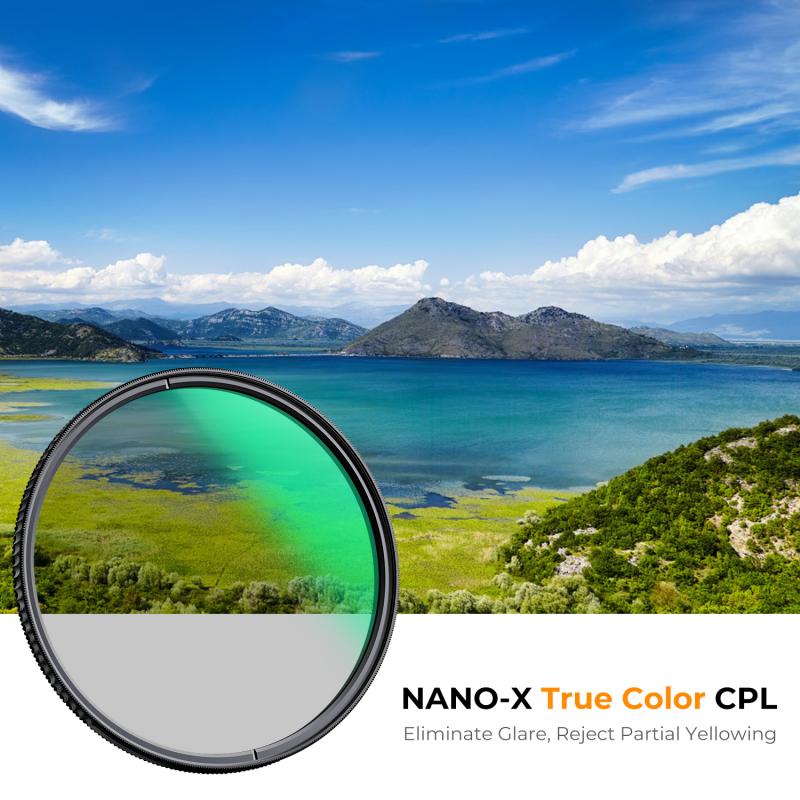






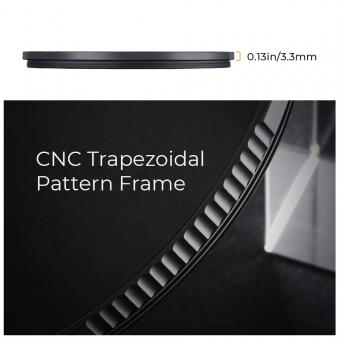
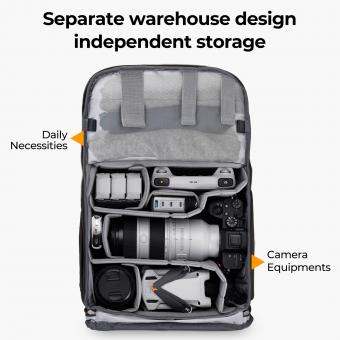
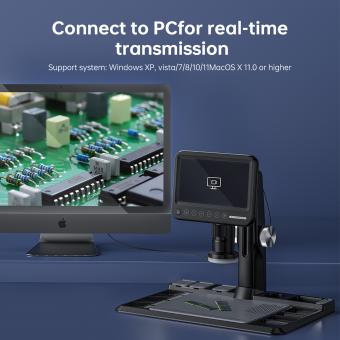








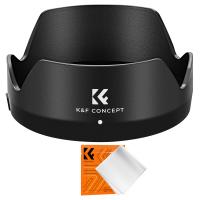


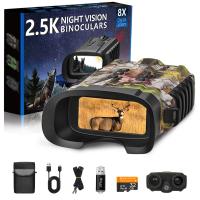
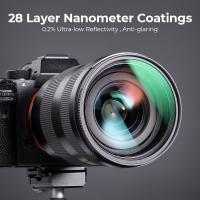

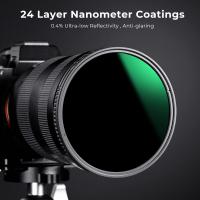
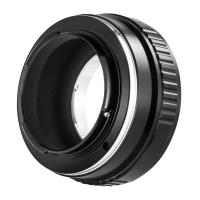





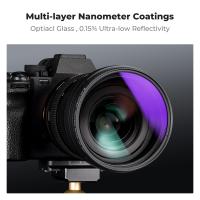
There are no comments for this blog.